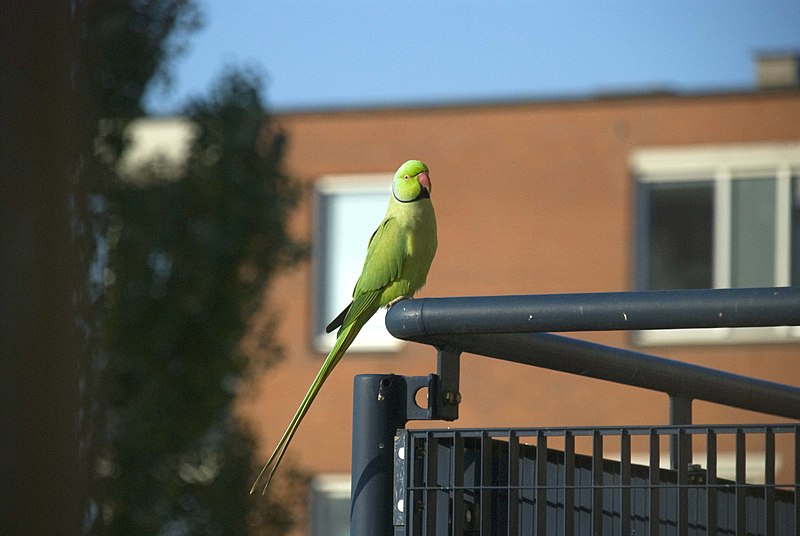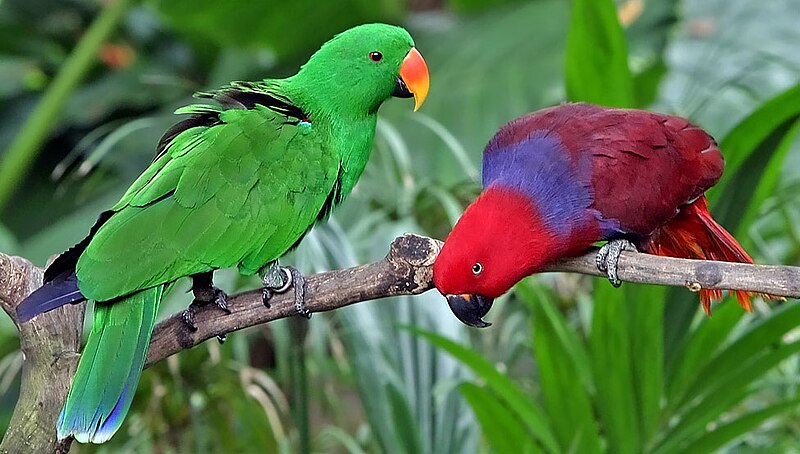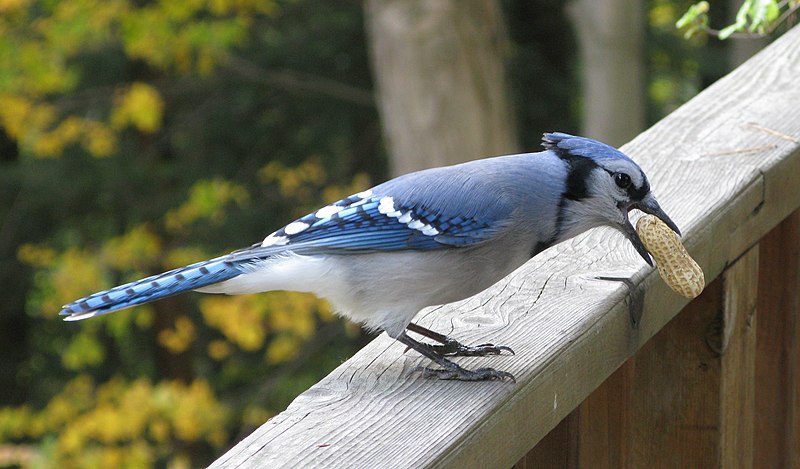 The Yellow-Naped Amazon, Amazona ochrocephala, is considered by many bird enthusiasts to be the ultimate parrot pet. Details of its care are well known, so I’ll just touch on some important points and then focus on its behavior in the wild.
The Yellow-Naped Amazon, Amazona ochrocephala, is considered by many bird enthusiasts to be the ultimate parrot pet. Details of its care are well known, so I’ll just touch on some important points and then focus on its behavior in the wild.
Pet Qualities
Yellow-Naped Amazon owners invariably describe their pets as outgoing, acrobatic and with an uncanny ability not only to repeat words but to also mimic the pitch of human voices very closely…so much so, that one often questions a bird or person is speaking. They tend to show affection by speaking or “warbling” (they are fairly “musical) and readily use their beaks in both play and aggression. Read More »
 That Bird Blog – Bird Care and History for Pet Birds
That Bird Blog – Bird Care and History for Pet Birds




